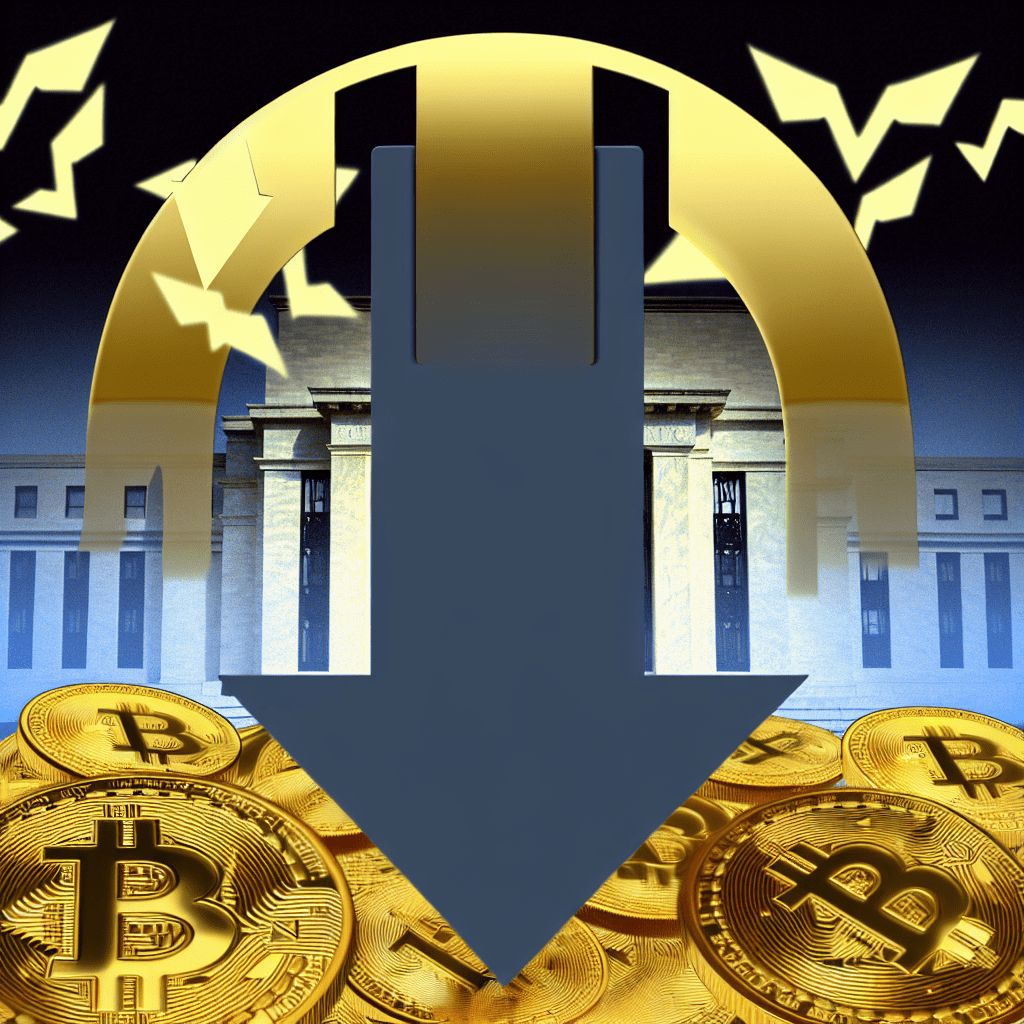
Jerome Powell, the Chair of the Federal Reserve, indicated that further rate reductions are probable as the job market begins to weaken.
Overview
- Powell noted that the deceleration in the job market suggests additional rate cuts are needed.
- Inflationary pressures are primarily attributed to tariff costs rather than actual price increases.
- Prior to Powell’s address, Bitcoin experienced a 3% decline, influenced by the Fed’s policies on cryptocurrency market values.
The Federal Reserve is likely to implement further rate cuts as the job market exhibits concerning signs. On October 14, Jerome Powell addressed the National Association for Business Economics regarding the economic outlook and U.S. monetary policy.
During his remarks, Powell acknowledged that although some economic data is missing due to market disruptions, the Fed continues to receive information from various private and public channels. Thus far, this data suggests minimal changes in the macroeconomic outlook for jobs and inflation.
“Despite the unemployment rate remaining low until August, there has been a significant deceleration in payroll growth, likely influenced by reduced labor force growth due to lower immigration and participation,” Powell stated.
In this context, Powell perceives an increasing risk to the labor market. Meanwhile, inflation expectations are still within the Fed’s 2% target. He emphasized that increases in the prices of goods are linked to tariff costs rather than underlying inflation pressures, indicating that rate cuts are likely to continue.
Bitcoin dips 3% before Powell’s address
For the cryptocurrency markets, the Federal Reserve’s decisions are crucial since asset prices rely heavily on monetary policy. Bitcoin (BTC) fell by 3% before Powell’s address, trading at about $113,100. Traders anticipated a more aggressive stance regarding inflation amid ongoing U.S.-China trade disputes.
Many institutional traders categorize Bitcoin, particularly altcoins, as high-risk, high-reward investments. Consequently, as with other high-risk assets, low interest rates elevate crypto values, while rising rates tend to deflate them by directing liquidity towards dollar-based, fixed-income investments such as treasuries.

